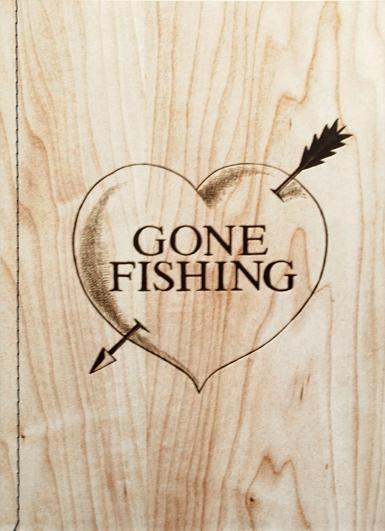When Light Casts No Shadow

Edgar Martins was granted special airside access to some of the most interesting airports in Europe. The airports he chose have had a key role in history or the history of aviation (for example the Azores, which was a compulsory stop for transatlantic flights prior to 1970 and a military base in both World Wars). Almost all his images were produced at night, using the aprons floodlights, moonlight or long exposures of between ten minutes to two hours. The airports on the Azores are unique. To avoid being spotted from the air during wartime they were amongst the very few black-tarred runways in the world, and it is the relationship between the dark tarmac and the fluorescent painted signs and runway markings that lies at the heart of some of Martins most arresting images. This unusual combination allowed him to produce incredibly abstract images, with a very long depth of field and often with the use of minimal lighting. In some, sky and ground merge in darkness with only the lights and airport hieroglyphics to orient us. Yet even these are hard to decode, for whilst this is a landscape of signs that can be read by the knowledgeable pilots and air traffic controllers, for instance it remains perplexing to the uninitiated. These juxtapositions of sign and shape are at the heart of these remarkable images.
In stock




